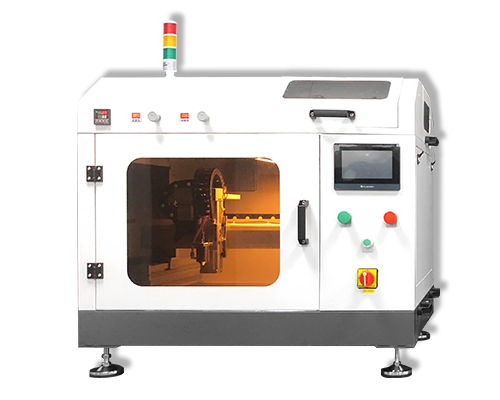Carbon Coating Catalyzes Basic Hydrogen Fuel Cell Reaction
A study has found that nitrogen-doped, carbon-coated nickel anodes can catalyze fundamental reactions in hydrogen fuel cells at a much lower cost than the noble metals currently used. This discovery will accelerate the expansion of the application of hydrogen fuel cells, such as automobiles and other fields that use efficient and clean energy.
Current hydrogen fuel cells require expensive noble metals, such as platinum, to efficiently catalyze the electricity-generating reactions. Although alkaline polymer electrolyte membrane fuel cells (APEMFCs) are capable of using non-precious metal electrocatalysts, they lack the performance and durability required to replace noble metal-based systems.
Fuel cells generate electricity through the hydrogen oxidation reaction (HOR) and oxygen reduction reaction (OOR). Platinum is a model catalyst for both reactions because of its ability to catalyze efficiently and is durable in the acidic environment of PEM fuel cells.
According to the researchers, recent experiments with non-noble metal HOR electrocatalysts aimed to overcome two main challenges: low intrinsic activity due to excessive hydrogen binding energy, and poor durability due to rapid passivation by metal oxide formation.
To overcome the aforementioned problems, the researchers designed a nickel-based electrocatalyst with a shell size of 2 nm made of nitrogen-doped carbon. The studied hydrogen fuel cell has an anode (hydrogen is oxidized) catalyst consisting of a solid nickel core surrounded by a carbon shell. When paired with a cobalt-manganese cathode (where oxygen is reduced), the resulting hydrogen fuel cell, completely free of precious metals, outputs more than 200 milliwatts per square centimeter.
The nickel oxide species on the surface of the nickel electrode slows down the hydroxide reaction significantly. This nitrogen-doped carbon coating acts as a protective layer and enhances the HOR kinetics, making the reaction faster and more efficient.
In addition, the graphene coating on the nickel electrode prevents the formation of nickel oxide, thus greatly improving the lifetime of the electrode. These electrodes are also more resistant to carbon monoxide, which quickly poisons platinum. The use of this new type of anode will greatly reduce the price, enabling alkaline fuel cells to be used in a wide range of fields.
About Cheersonic
Cheersonic is the leading developer and manufacturer of ultrasonic coating systems for applying precise, thin film coatings to protect, strengthen or smooth surfaces on parts and components for the microelectronics/electronics, alternative energy, medical and industrial markets, including specialized glass applications in construction and automotive.
Our coating solutions are environmentally-friendly, efficient and highly reliable, and enable dramatic reductions in overspray, savings in raw material, water and energy usage and provide improved process repeatability, transfer efficiency, high uniformity and reduced emissions.
Chinese Website: Cheersonic Provides Professional Coating Solutions


